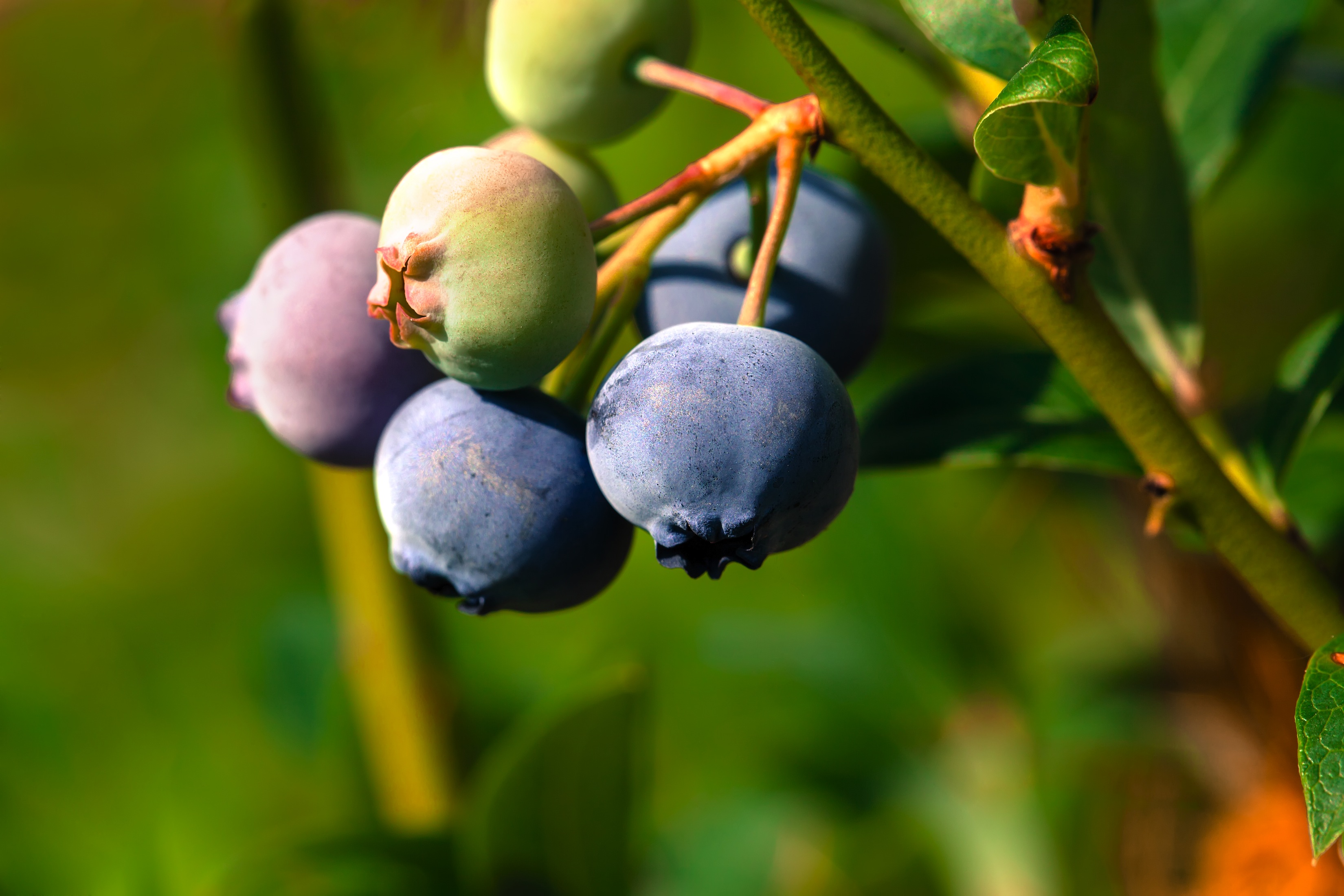Colombian blueberry production set for expansion
Chile, Argentina and Peru may be the big names in the South American blueberry export business, but now a Colombian company is hoping to take the country’s modest industry to the next level.
Colberries Agronegocios has been importing plant material from Chile for the last eight years, and an executive believes Colombia could one day become an important player in the global market.
Colberries commercial manager Luis Felipe Lasso told www.freshfruitportal.com the project stated with his son, Luis Alejandro Lasso, an agronomic engineer specialized in soil and nutrition.
“We are pioneers here in Colombia, along with another company that also imports plants but from the U.S. All this time we have been importing plant material from Chile,” he said.
“We don’t sell the plants, but rather integrated production projects – the plants along with the technical assistance.”
Lasso had originally wanted to import plants from Argentina, but was unable to do so as the country does not yet have the export protocols.
He said only Chile and the U.S. can sell the plants to Colombia, albeit under strict regulations.
“Our two companies are the only ones at present that meet the requirements stipulated by the ICA [Colombian Agricultural Institute],” he said.
“For example, we have a unit of evaluation for blueberry plant material, where we study the different varieties, substratum, soils and the areas that are suitable for the cultivation of these berries in Colombia.”
Five varieties have been imported so far, of which two are grown extensively in the continent – Biloxi and Legacy.
“We did some trials of Duke, but it went terribly – of the 5,000 plants we imported not a single one is still alive. We have also received some plants of the Misty variety, which is from the U.S., but we still haven’t been able to evaluate any results.”
Lasso believes Colombia has ‘excellent’ climatic conditions to grow the fruit, and says they may even allow for blueberries to be produced year-round.
“We have so many microclimates here that we just need to select the variety that adapts best to the conditions. It is for this reason that our units of evaluation are so important,” he said.
The majority of the plantations are in the Cundinamarca and Boyacá regions, but some trials are underway in Antioquia.
The number of hectares is low as the industry is just getting off the ground – Lasso estimates that no more than 50 hectares have been planted, with the majority having been planted within the last six months.
“Lots of plants have come into the country, at least enough for 100 hectares, but lots of them have died for different reasons such as the projects not being carried out properly, the land not being prepared well enough, etcetera,” he said.
While he said that initially production would be destined for the local market, there was one company, Ocati, that was already exporting to the U.S.
He also believes Colombia will soon see a major boost to production.
“We think that in three more years we will be seeing a big development in terms of production. In fact it is because of the interest of both local producers and foreign investors that we are thinking about establishing our own plant propagation laboratory, since the main problem we have is the low availability of plants,” he said.
While the company has only trialed plants imported from Chile so far, Lasso said he was now hoping to test plants from new suppliers in the U.S. and Argentina.
He expects that by the end of this year or early 2017 the protocols will be established allowing Argentine plants to be imported.
“The other option is the U.S., and in fact currently the majority of plants in Colombian come from Fall Creek Farm & Nursery,” he said.







